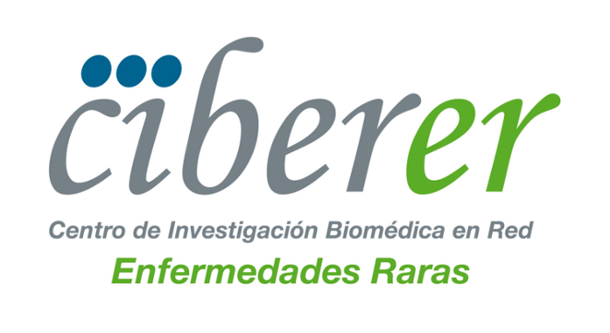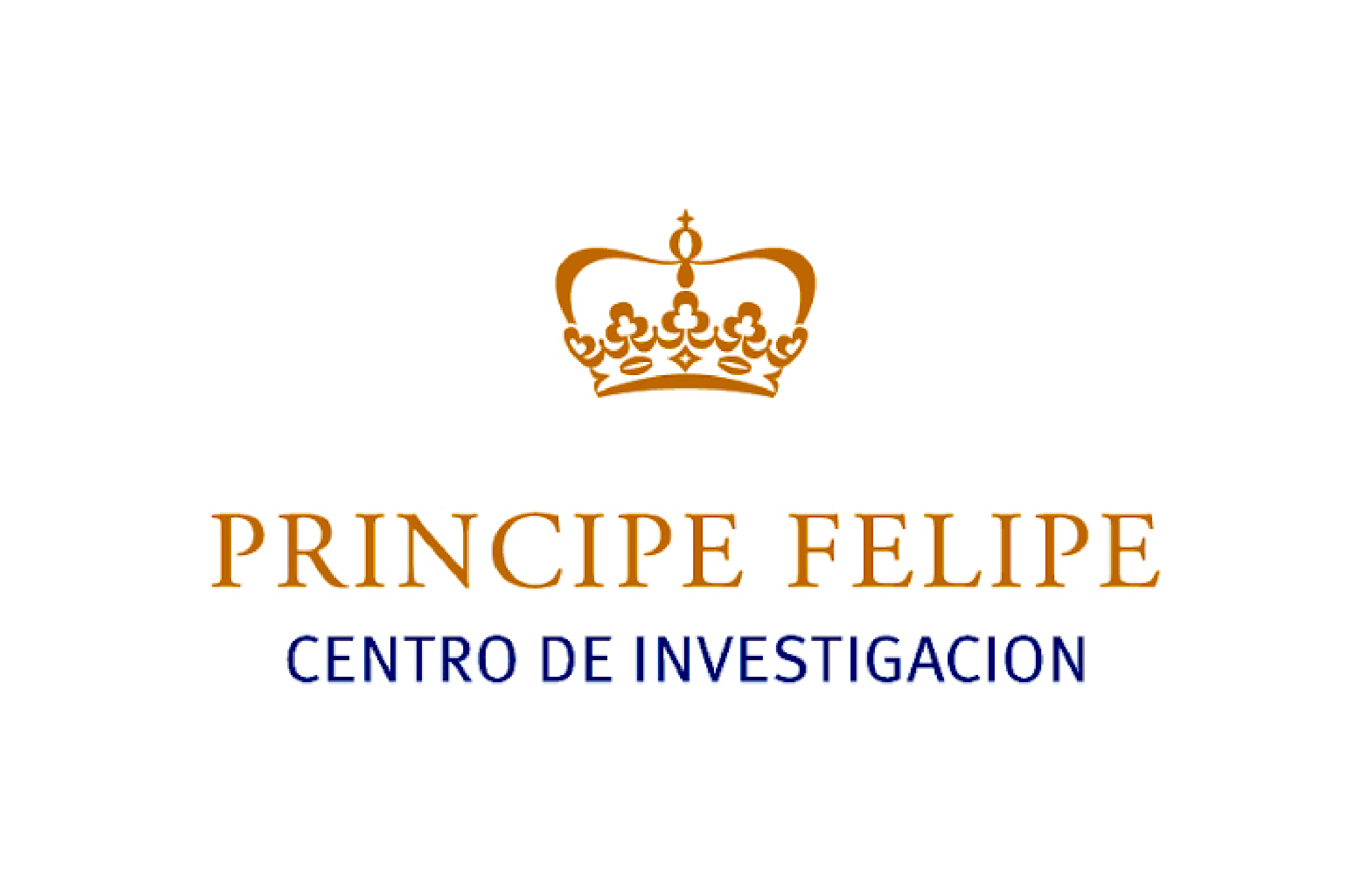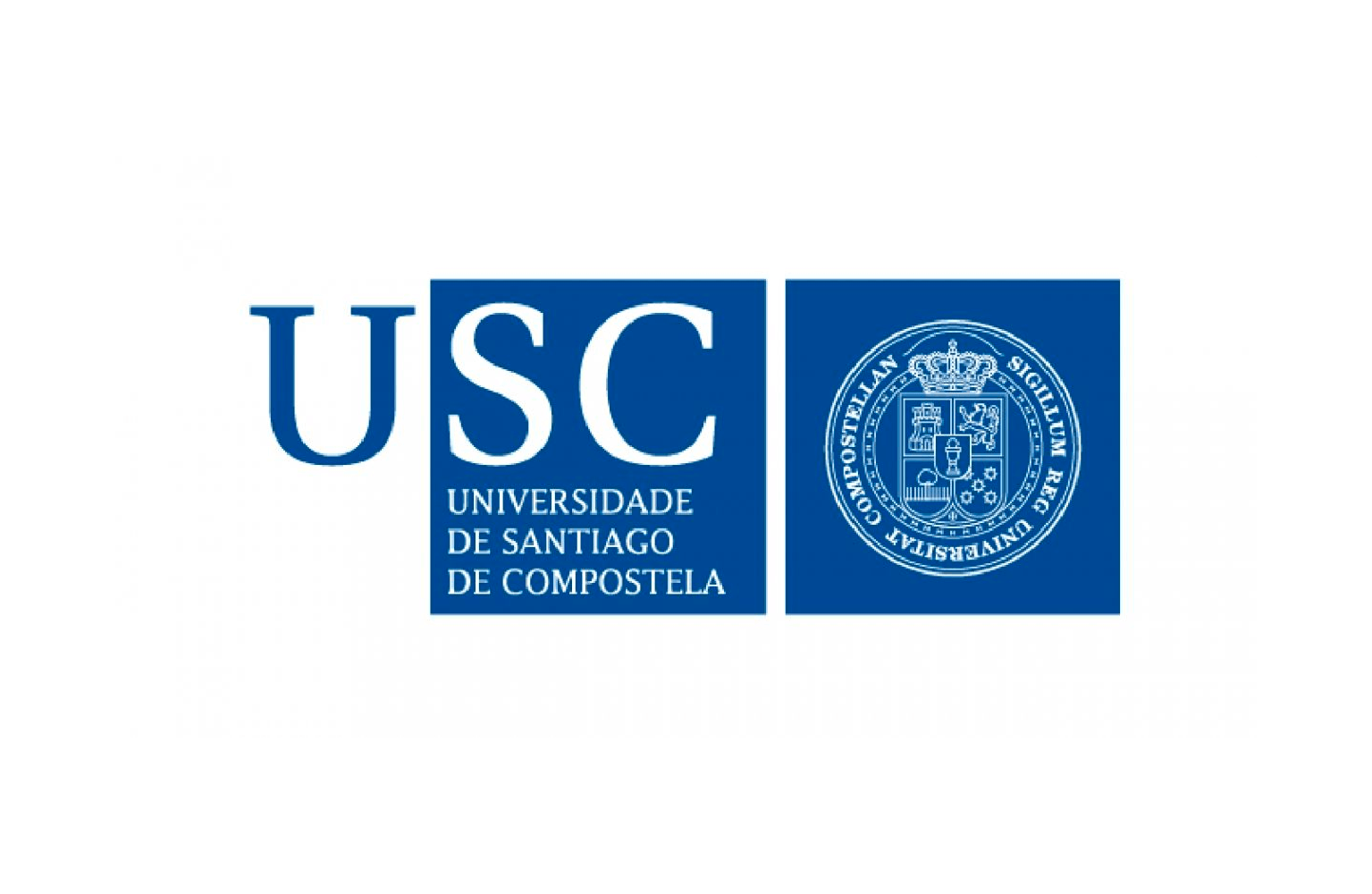Neurobiology of Hearing and Myelinopathies Group & Non-invasive Neurofunctional Evaluation facility, IIBM, CSIC-UAM & CIBERER-ISCIII
Dr. Isabel Varela-Nieto graduated and earned her doctorate in Chemistry, Biochemistry Section, at the University Complutense of Madrid (Spain). She has been a visiting guest scientist at the Medical Schools of Brussels (EMBO Fellow, Belgium), Uppsala (FEBS Fellow, Sweden) and San Diego (MEC Sabbatical, USA). She is Professor of Research at the CSIC and group leader at the CIBER of rare diseases (CIBERER, ISCIII) in Madrid. She has been Member and Chair of the ARO International Committee. She is currently the president of the SEBBM and a member of the FEBS Science and Society Committee. From the early 1990s, she has been studying the genetic and molecular bases of SNHL with especial focus on IGF-1 actions and signaling. More recently, her group has begun to explore the potential of these molecular targets to develop new preventive and restorative treatments for sensorineural deafness.
The Neurobiology of Hearing and Myelinopathies Group research is aimed at increasing the knowledge on the genetic and molecular bases of human deafness. The team has characterized the participation of the IGF-1 system and intracellular targets in hearing loss, showing that the oxidation-inflammatory state is central for damage development. She has described new aspects of the cellular biology of the ear (apoptosis, autophagy and cellular senescence), of its metabolism (methionine cycle), of its genetics (Igf1, CRaf, LAT2, Dusp1, MPZL2 and WBP2) and identified new cochlear transcription factors (MEF2), being a pioneer in the study of cochlear and vestibular whole transcriptomes. These studies are approached by the development and evaluation of cell and animal models, the development of microsurgical and non-invasive techniques for the study of auditory function, the application of micro-methods to obtain massive data and the development of data-mining methods of analysis of these data together with bioinformaticians. In recent years, the collaboration with clinical and CIBERER groups, as well as with biotech companies, has added complementary translational and transfer aspects to our work. We are now studying rare head and neck tumours, the genetic predisposition to hearing loss and doing preclinical research on small molecules with potential otoprotective activity, as well as developing delivery methods and the application of biomedical imaging to the study of the inner ear. We are interested in understanding the bases of hearing loss and in the study of small molecules from the functional level to the characterization of their effects on the inflammasome and transcriptome. These studies offer novel mechanistic insight into hearing and hearing loss, and contribute to preclinical research to develop new drugs. Our objectives are to increase basic knowledge in the field of hearing neurobiology, contribute to the development of new auditory repair and regeneration therapies, and, finally, make contributions that in the medium or long term could improve human health. Publications: http://www.ncbi.nlm.nih.gov/pubmed?term=varela-nieto i. Group belonging to IdiPAZ and CIBER-ER. On the Internet: www.targear.eu
The Non-invasive Neurofunctional Evaluation facility (ENNI) performs in vivo functional phenotype in laboratory animals. ENNI is specialized in the characterization of hearing phenotype (Figure 1), and also in the evaluation of somatosensory, neuromotor and respiratory function. ENNI is the coordinator unit of the Network for Phenotyping Laboratory Animals (SEFALer) a technological platform coordinated by CIBERER in collaboration with CSIC, specialized in the phenotyping of animal models with specific focus on rare diseases. ENNI works with UNE-EN ISO 9001:2008 quality management system certified by AENOR in 2009 and is a member of the Comunidad de Madrid Laboratory Network (registration number 231).
Hearing evaluation in laboratory animals is performed by electrophysiological non invasive tests. These techniques provide in vivo functional reproducible and quantitative information and preserve the life of the animal, allowing longitudinal studies. Auditory Brainstem Response (ABR) test provides information about the functionality of both peripheral and central nervous system components that together constitute the auditory pathway. ABR allows determination of the auditory threshold and the speed of nervous conduction between different regions within the brainstem. The Otoacoustic Emissions (OAE) test detects low intensity sounds delivered by the cochlea after pure tone stimulation, which inform about the integrity of outer hair cells.
ENNI offers to the scientific community these services:
1.- Hearing evaluation in biomedical research and other contexts.
-
Characterization of genetically modified mice and other animal species.
-
Development of ototoxicity and noise-induced hearing loss animal models.
-
Pharmacology and Toxicology.
-
Otic degeneration.
-
Evaluation of animal models in surgical or behavioural studies.
-
Age-related hearing loss studies.
2.- Neurofunctional evaluation of other systems.
3.- Morphologic and molecular analysis of the cochlea.
In collaboration with the Neurobiology of Hearing and Myelinopathies group at the IIBM:
-
Cochlear and vestibular sample collection for histology or molecular studies.
-
Organ of Corti whole mount preparations for hair cell quantification.
-
Inner ear paint filling.
-
Specific staining and immunohystochemistries. Anatomopathological study.
4.- Molecular and genetic evaluation of vestibular schwannomas (VS).






